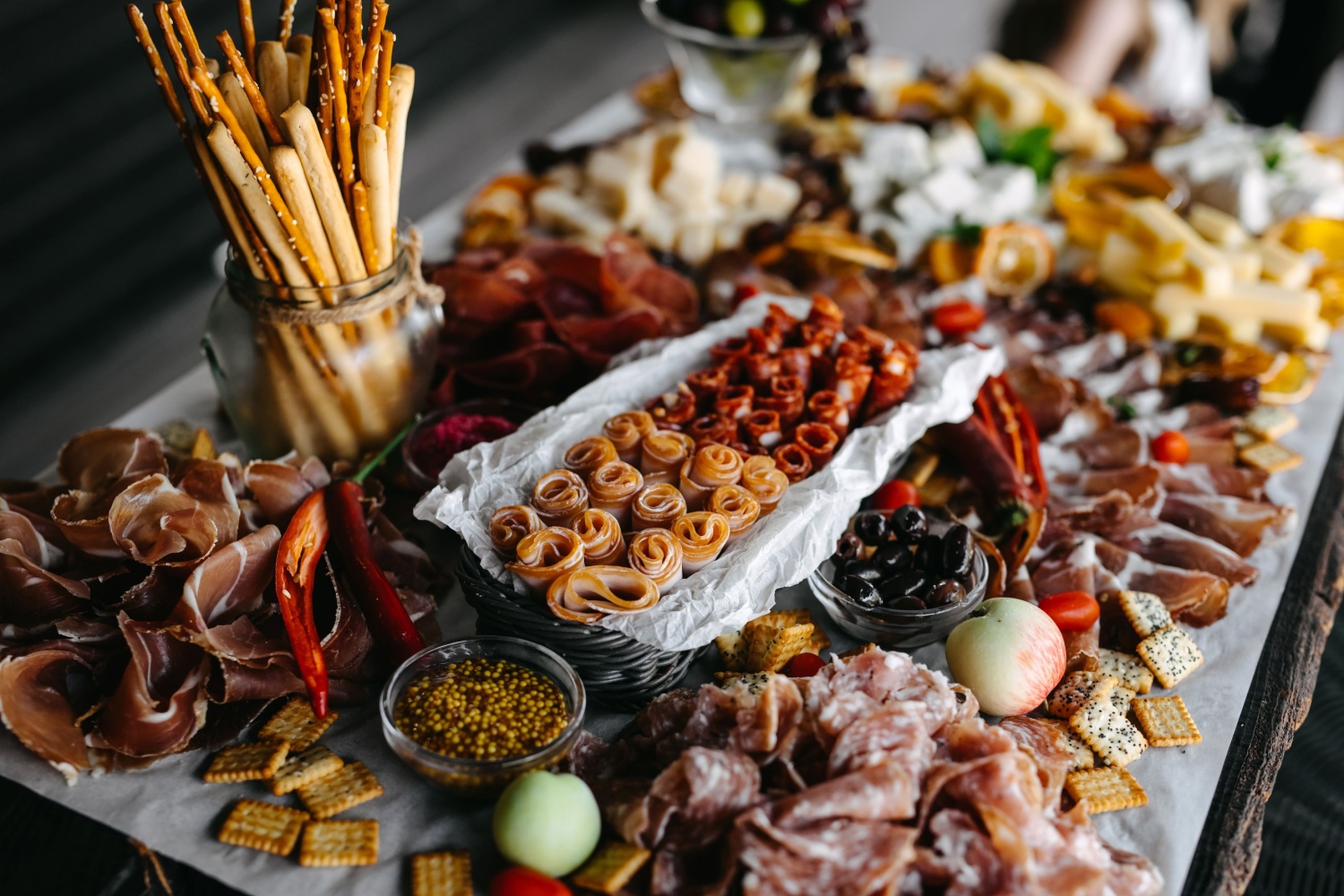As someone who proudly declares, “I’m very partial to doing a charcuterie board,” USDA food safety expert Meredith Carothers lives up to the title. Her expertise is especially timely as we head into the final stretch of the year—think football tailgates, holiday parties, and cozy family gatherings. But beyond the beautiful spreads, Meredith brings something just as important to the table: a passion for food safety that guides every step of her charcuterie prep.
“We always recommend following the four steps to food safety,” says USDA food safety expert Meredith Carothers. “It’s an easy way to incorporate food safety into all of your food preparation.” The four steps—Clean, Separate, Cook and Chill—offer a simple framework for building boards that are as safe as they are stunning.
Cleanliness is critical from the start. That means “starting with clean hands and utensils” and keeping them clean throughout the food prep process to avoid cross-contamination. Using gloves is an option, but the main goal is to prevent the spread of foodborne bacteria.
“Clean” also applies to produce and herbs. Be sure to wash all fruits, vegetables and garnishes before placing them on the board or incorporating them into a recipe.
“Separate” means keeping raw meat and poultry products away from foods that are ready to eat. With charcuterie, this includes choosing a designated cutting board for cheeses and produce that is separate from your serving board.
Use separate utensils as well. Tongs or spoons should be assigned to each food group—meats, cheeses, vegetables, fruits, dips or sauces. Cross-contamination doesn’t stop at raw items: “Once crackers, nuts, [or] other nonperishables have touched perishable items, they then have potentially been cross-contaminated,” Carothers says. At that point, they should be either refrigerated or thrown away.
While “Cook” might not seem to apply to charcuterie boards, some items—like “chicken tenders and chicken nuggets on a board”—must be handled with care. Use a food thermometer to ensure these items reach a safe internal temperature before serving.
“Chill” might be the most important step for preventing foodborne illness during an event. According to Carothers, “After that two-hour time frame, if your board goes past that, it needs to be tossed, unfortunately.”
To prevent food waste, she recommends portion control: “Set yourself a timer, rotate out maybe smaller portions, make two boards and put out a portion for two hours and then put out another.” You can also refresh small sections as they’re consumed, keeping the board visually full and appealing while staying food safe.
Another useful tip: place your board over a bed of ice. This “keeps it at a safe temperature, usually below 40 degrees,” helping bacteria stay at bay and your food stay fresh.


